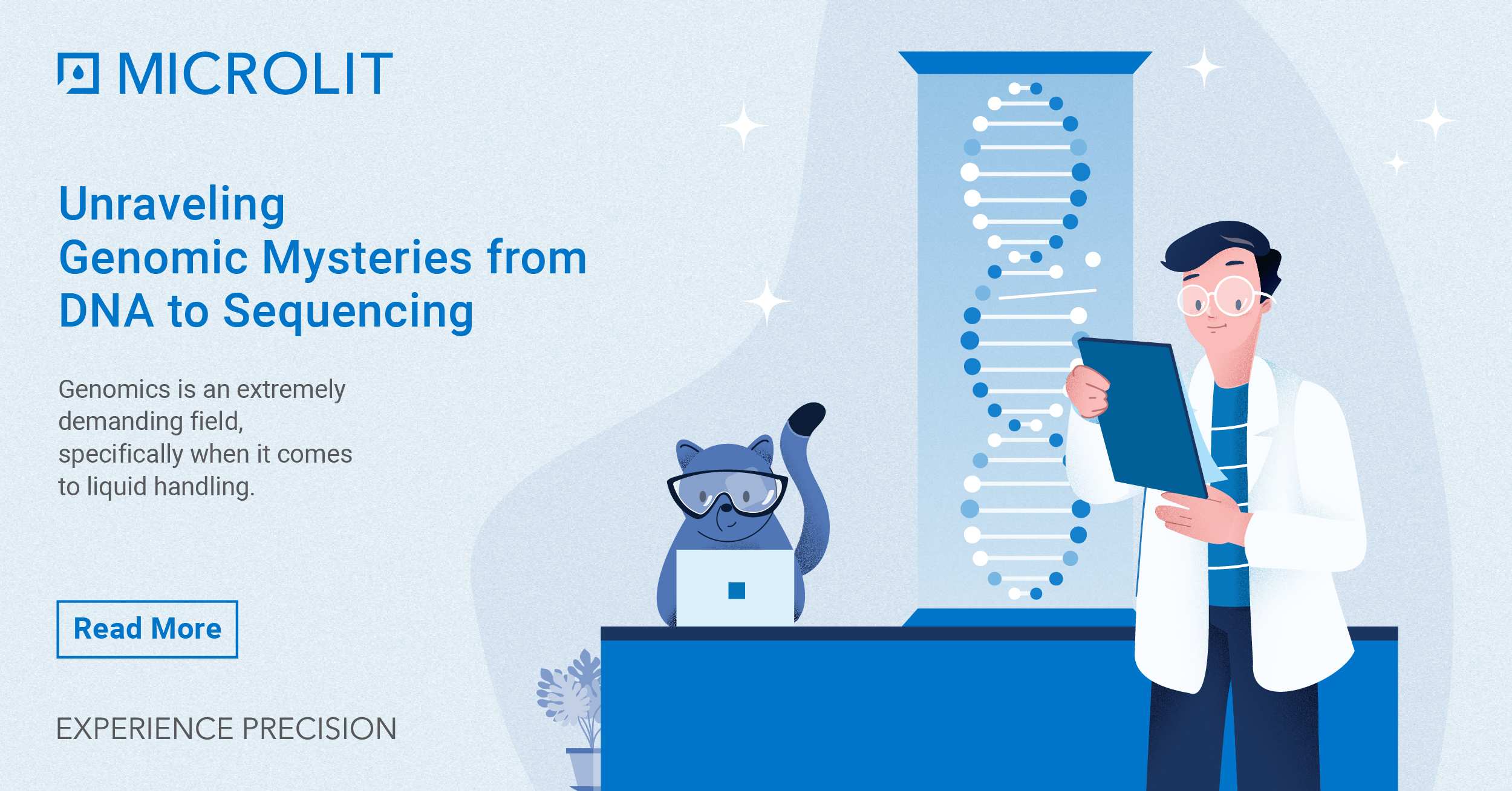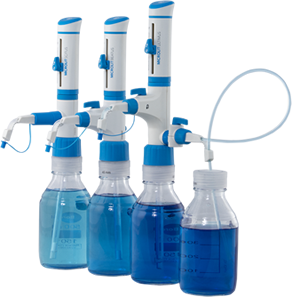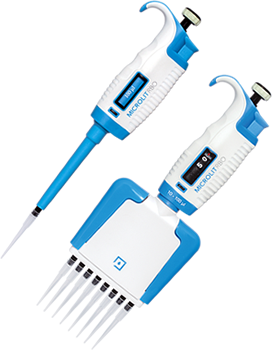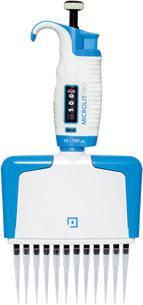Genomics is a fascinating field that has revolutionized our understanding of life and has far-reaching implications in areas ranging from medicine to evolutionary biology. At the heart of genomics lies the intricate process of DNA extraction to sequencing, a journey filled with precision, innovation, and complexity. In this blog, we’ll delve into the key steps and technologies involved in this transformative process.
The DNA Extraction Process: Unearthing the Genetic Code
At the outset of any genomic analysis, the crucial first step is DNA extraction. This process involves isolating DNA from a sample, whether it’s a tiny piece of tissue, a blood sample, or even environmental DNA from soil or water.
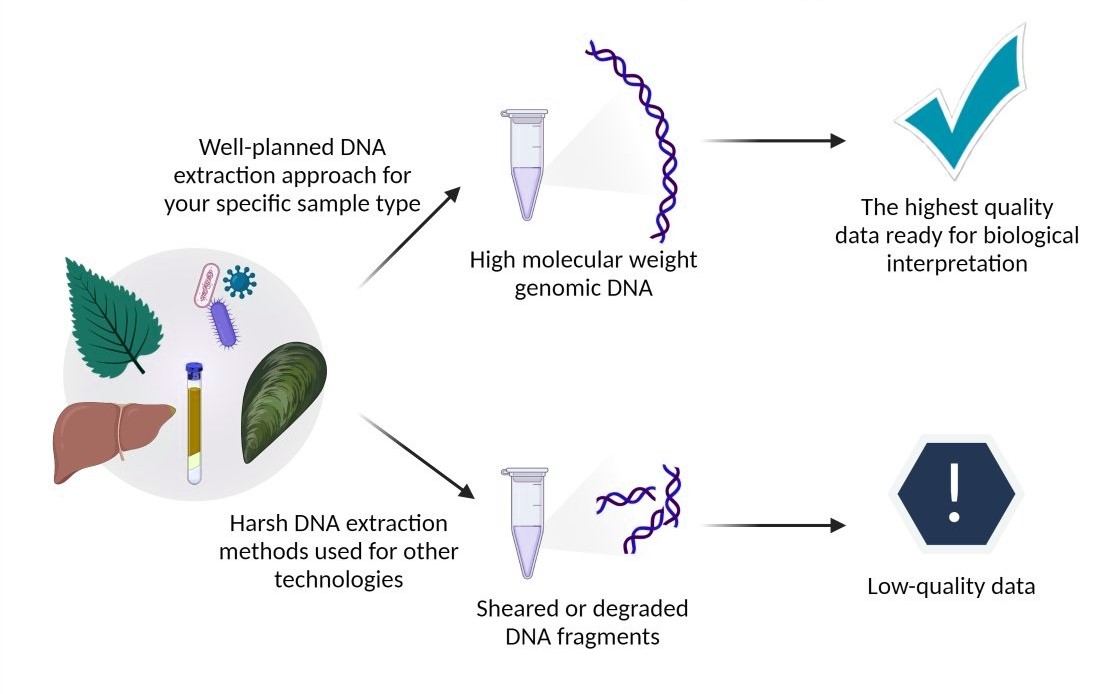
Here’s a glimpse into the DNA extraction process:
Step 1: Sample Collection – Gathering the Genetic Clues
The DNA extraction process begins with the collection of biological material that contains DNA. This can be anything from a blood sample, a cheek swab, a piece of hair, or even a fragment of ancient bone. The key is to obtain a sample that contains the genetic material of interest.
Step 2: Cell Lysis – Breaking the Cellular Barriers
Once we have our sample, we must access the DNA hidden within cells. To do this, we perform cell lysis, a process that involves breaking open the cells to release their contents. This is typically achieved by using a lysis buffer that contains detergents and enzymes to disrupt the cell membranes, allowing the DNA to be exposed.
Step 3: DNA Purification – Separating the Precious Cargo
The DNA released during cell lysis is often mixed with proteins, lipids, and other cellular debris. To isolate the DNA, we employ purification methods. This involves precipitating the DNA with alcohol, which causes it to clump together, making it separable from the rest of the cellular material. The purified DNA is now ready for further analysis.
Step 4: Quantification and Quality Control – Ensuring We Have What We Need
Before proceeding with any downstream experiments, it’s crucial to determine the quantity and quality of the extracted DNA. This is done using techniques such as UV spectrophotometry and gel electrophoresis. Ensuring the DNA is of sufficient quantity and quality is essential for the success of subsequent experiments.
Next-Generation Sequencing (NGS): Decoding the Genetic Blueprint
Once the DNA is successfully extracted, the next phase in the genomic journey is sequencing. Modern genomics relies heavily on a technology called Next-Generation Sequencing (NGS), which has revolutionized the field with its speed and precision:
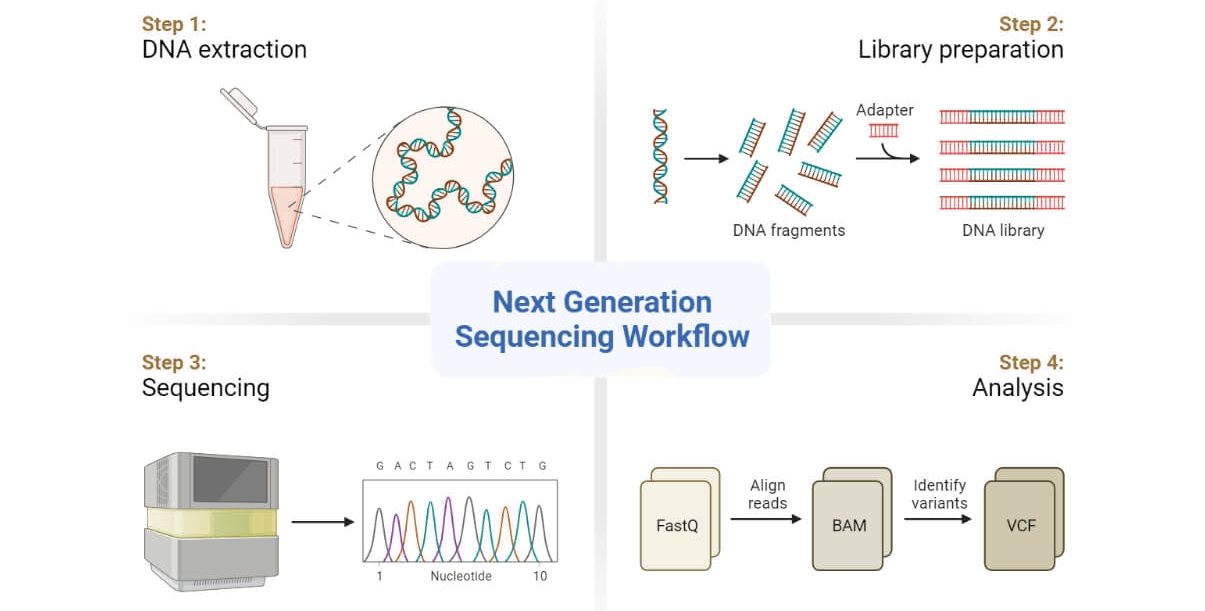
- Library Preparation: In NGS, the DNA is fragmented into smaller pieces and prepared into a sequencing library. Adapters are added to the DNA fragments, allowing them to attach to a solid surface or flow cell.
- Sequencing: The heart of NGS involves reading the DNA sequence. This is achieved by various methods, with Illumina sequencing being one of the most common. During sequencing, the DNA bases are identified as they pass a sensor, generating vast amounts of data.
- Data Analysis: The raw sequencing data is processed using sophisticated bioinformatics tools. This step involves aligning the short DNA sequences to a reference genome or assembling them into longer contiguous sequences, known as contigs.
- Interpretation: Once the data is analyzed, researchers can interpret the genetic information. This can include identifying mutations, structural variations, or specific genetic markers related to a particular research question.
Challenges and Future Directions
While DNA extraction to sequencing has come a long way, it’s not without its challenges. These challenges include handling minute sample sizes, minimizing contamination, and managing the immense data generated during sequencing.
The future of genomics holds exciting prospects, with emerging technologies promising even more efficient and cost-effective sequencing methods, such as nanopore sequencing and single-cell sequencing. These advancements are expected to open up new frontiers in personalized medicine, evolutionary biology, and beyond.
From the meticulous DNA extraction process to the cutting-edge Next-Generation Sequencing technology, the journey from DNA to sequencing is a marvel of modern science. It has already reshaped our understanding of biology and holds boundless potential for discoveries yet to come. As technology continues to advance, genomics will continue to unveil the secrets hidden within the genetic code of life.
Microlit NERO Micropipettes
Microlit is thrilled to introduce Microlit NERO, a cutting-edge series of micropipettes featuring advanced technologies like UniCal™ and Air™, designed to provide exceptional precision and convenience to our valued laboratory users.
The Microlit NERO series includes Single Channel Fixed Volume, Variable Volume, and Multichannel pipettes, which find essential applications in pathology, microbiology, and diagnostic testing laboratories where accurate handling of small volumes is paramount. Additionally, these versatile pipettes have broad-reaching utility across various industries, including pharmaceuticals, food and beverage, research institutes, fast-moving consumer goods (FMCG), cement, chemicals, natural resources, and agriculture.
To know more about the features and functionality of Microlit NERO, please contact us at info-usa@microlit.com or visit our website Microlit NERO.
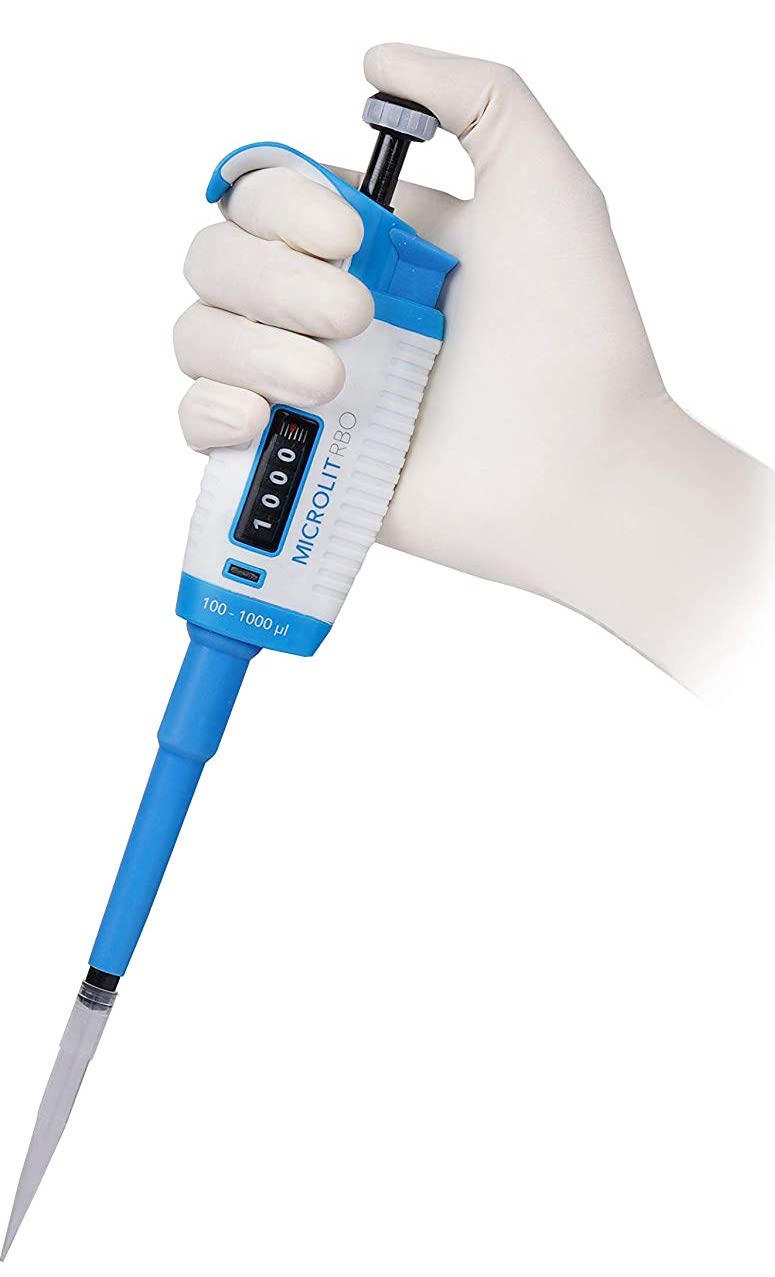





 2761
2761